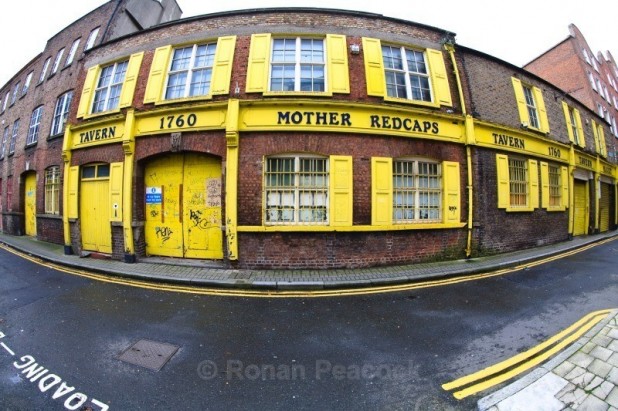RAM LANE: A narrow passage, leading from High Street to Cook Street, was known in the beginning of the fifteenth century, as Le Ram Lane. The free school of the city of Dublin was erected in this area, which then became known as the “School-house lane”. In 1613, John Laffan, a young gentleman from the County Tipperary,was slain at the end of School-house lane, near Cook Street, by Edward Musgrave, a soldier of the guard. Musgrave was arrested, tried and sentenced to be hung, drawn and quartered for his crime.
The Kings’ Bench Office was in School-house lane, which was one of the narrowest lanes in the city of Dublin. In 1739, the Clerk of this office informed the Lords’ Committee about a fire which had broken out nearby, two years previously. He informed them that this had caused great alarm and that now an old cage-workhouse, was within such a small distance, as to make the situation very dangerous. In this Office, several attainders were kept, particularly those of “Papists”, on account of the rebellions of 1641 and 1688. If those should be burned, the Lords’ Committee feared that the Protestant possessors would, at best, be exposed to “vexatious” lawsuits, to defend and establish their titles, to many forfeited estates.
A passage leading from School-house lane to “Cock Hill” was called Bors Court, after a family of that name, who resided there during the first half of the seventeenth century. Christian and John Bor came from lower Germany and, in 1618, were granted “that they may be freed from the yoke of servitude of the German or Irish nation, and enjoy all the rights and privileges of English subjects for a sum of one pound, six shillings and eight pence”.
The Tailor’s Hall, in Back Lane, was erected in 1706. On the 24th of June each year, on the anniversary of their patron, the Tailor’s Guild assembled there, then marched in procession to hear a sermon in St. John’s Church, Fishamble Street, after which they paraded to a tavern and dined together. This yearly event was lampooned by the satirists. The Tailor’s Hall was one of the largest public rooms in Dublin, prior to the erection of the Music Hall in Fishamble Street. In the early part of the eighteenth century, it was used for meetings, balls, musical performances and auctions. Tailor’s Hall was used on Mondays, Wednesdays and Fridays as a dancing school, on Thursdays “would- be heroes “were taught to fence and on Tuesdays, it was a swaddling meeting house (Creche). On the 2nd of December 1792, a committee of Irish Catholics assembled at the Tailor’s Hall, to decide on a petition to be presented to the King, outlining the grievances of the Irish Catholics and asking for some relief from them. It was decided that this petition should be presented to the King, in person. The committee sat for a week, at the Tailor’s Hall and became known as the “Back-Lane Parliament”. Their petition, combined with the state of the Continent, procured the partial relaxation of the Catholic grievances in, 1793. During this period, the Grand Lodge of the Dublin Freemasons, assembled in Tailor’s Hall on the first Thursday of every month. In January 1793, it became the meeting place of the Dublin Society of the United Irishmen. They continued to meet there until 1794, when the Sheriff seized their papers and dispersed them all.
Some of the earliest meetings of the Temperance Movement were held there and since 1841, Tailor’s Hall had been used as the school of the Corporation of Tailors or the Guild of St. John the Baptist.
(Reference – Gilbert’s History of Dublin).
 This article was originally published in:
This article was originally published in:
Fountain News Digital – July 2012 (Issue 9)
We are re-publishing all articles from our past newsletter, Fountain News Digital, and you can view all completed newsletters here. There were nine issues published in total between 2010 and 2012.









